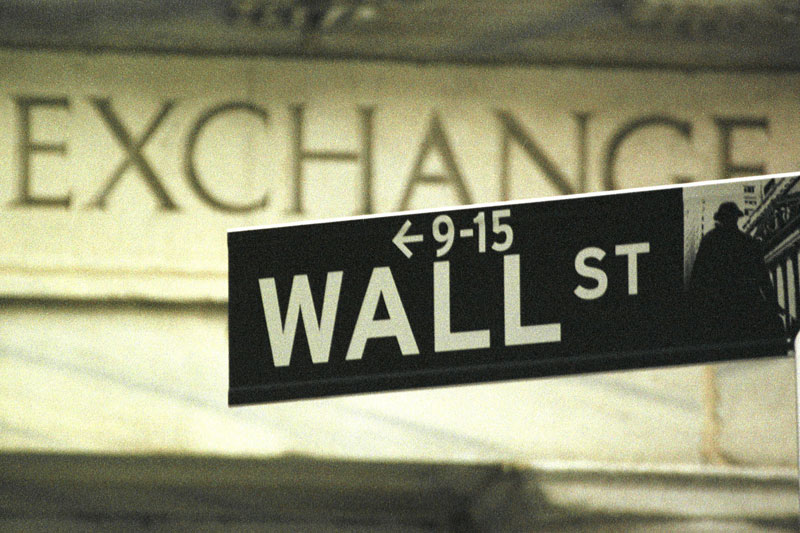Investing.com -- U.S. stocks fell sharply on Monday, extending losses from late last week as a major sell-off on European markets spilled across the Atlantic amid persisting concerns related to dwindling energy prices and the ramifications of negative interest rates among the world's largest central banks.
In Europe, shares in a host of prominent financial firms plunged, amid concerns related to withdrawals from key markets, a flattening yield curve and indications of imminent asset write-downs. The sell-off in bank stocks dragged down the major indices overall, as the Stoxx Europe 600, France CAC 40 and Germany Dax all fell by more than 3% on Monday, pushing the overall indices to their lowest levels in 16 months.
At the same time, U.S. crude futures tumbled below $30 a barrel at Monday's close, placing further pressure on banks and the high-yield market. Last month, JPMorgan Chase & Co (N:JPM), Citigroup Inc (N:C) and Wells Fargo & Company (N:WFC) all warned that they could incur credit losses in the hundreds of millions in oil and gas loans later this year if oil prices continued to weaken.
The Dow Jones Industrial Average fell 177.92 or 1.10% to 16,027.05, despite a slight rally late in the session. At session low's, the Dow fell by as much as 401 points. The NASDAQ Composite index and the S&P 500 Composite index also fell to their lowest intraday levels since 2014, while suffering one of their worst two-day decline since the August flash crash. Stifled by further losses among biotech stocks, the NASDAQ lost 79.39 or 1.82% to 4,283.75, dropping to its lowest since October, 2014.
The S&P 500 Composite index, meanwhile, dipped 26.61 or 1.42% to 1,853.44, as all 10 sectors closed in the red. Stocks in the Financials, Basic Materials and Technology sectors lagged, each falling by more than 1.5% on the session. Since the start of the new year, the S&P 500 is down by approximately 10%.
The top performer on the Dow was Chevron Corporation (N:CVX), which added 3.11 or 3.75% to close at 85.99, in spite of the continual declines in oil prices. The gains came amid heavy profit taking, after the oil giant entered Monday's session down by more than 20% over the last 52-weeks. Last week, Standard & Poor's cut the credit ratings of 20 oil companies, including Chevron.
The worst performer was Visa Inc (N:V), which fell 3.77 or 5.27% to 67.77. Visa closed just below GS, which lost 7.25 or 4.63% to 149.22, shaving off approximately 70 points from the Dow. Goldman was among a trio of underperformers in the banking industry, as Morgan Stanley (N:MS) and Bank of America Corporation (N:BAC) also lost more than 4% on the session.
The biggest gainer on the NASDAQ was Costco Wholesale Corporation (O:COST), which added 3.03 or 2.10% to 147.02. The worst performer was NXP Semiconductors, which fell 6.70 or 9.48% to 64.00. Shares in the Netherlands-based semiconductor company are now down by more than 25% over the last six months.
The top performer on the S&P 500 was Nordson Corporation (O:NDSN), which gained 2.69 or 5.58% to 50.87. Nordstrom (N:JWN) finished just above Tyson Foods Inc (N:TSN), which surged 3.06 or 5.36% to 60.16 in the wake of strong earnings last week. On Friday, Tyson Foods reported record earnings per share of 1.15 for the first quarter of fiscal year 2016, amid productive quarters among its pork, chicken and prepared foods segment. The worst performer was Williams Companies Inc (N:WMB), which plummeted nearly 35%, amid increased speculation that a proposed merger with Energy Transfer Equity could collapse. Shares in Energy Transfer Equity LP (N:ETE) plunged more than 41% to 4.10.
On the New York Stock Exchange, declining issues outnumbered advancing ones by a 2,464-816 margin.
